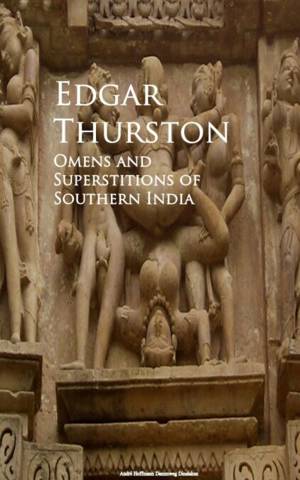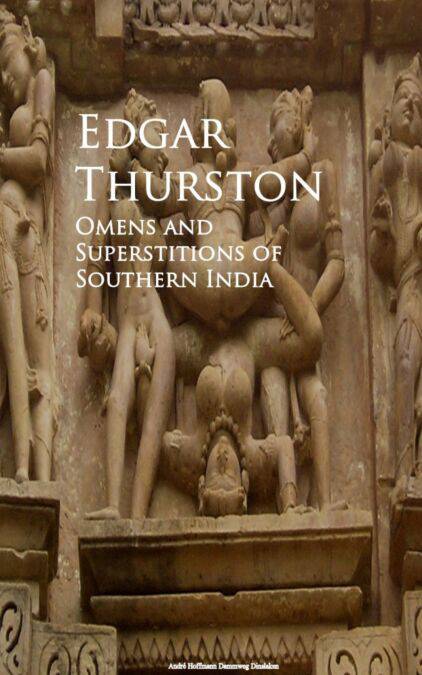
- Afhalen na 1 uur in een winkel met voorraad
- Gratis thuislevering in België vanaf € 30
- Ruim aanbod met 7 miljoen producten
- Afhalen na 1 uur in een winkel met voorraad
- Gratis thuislevering in België vanaf € 30
- Ruim aanbod met 7 miljoen producten
Zoeken
Omschrijving
This book deals mainly with some aspects of what may be termed the psychical life of the inhabitants of the Madras Presidency, and the Native States of Travancore and Cochin. In my "Ethnographic Notes in Southern India" (1906), I stated that the confused chapter devoted to omens, animal superstitions, evil eye, charms, sorcery, etc., was a mere outline sketch of a group of subjects, which, if worked up, would furnish material for a volume. This chapter has now been remodelled, and supplemented by notes collected since its publication, and information which lies buried in the seven bulky volumes of my encyclopædic "Castes and Tribes of Southern India" (1909). The area dealt with (roughly, 182,000 square miles, with a population of 47,800,000) is so vast that I have had perforce to supplement the personal knowledge acquired in the course of wandering expeditions in various parts of Southern India, and in other ways, by recourse to the considerable mass of information, which is hidden away in official reports, gazetteers, journals of societies, books, etc. To the many friends and correspondents, European and Indian, who have helped me in the accumulation of facts, and those whose writings I have made liberal use of, I would once more express collectively, and with all sincerity, my great sense of indebtedness. My thanks are due to Mr L. K. Anantha Krishna Iyer for supplying me with the illustrations of Malabar yantrams.
Specificaties
Betrokkenen
- Auteur(s):
- Uitgeverij:
Inhoud
- Aantal bladzijden:
- 500
- Taal:
- Engels
Eigenschappen
- Productcode (EAN):
- 9783736409552
- Verschijningsdatum:
- 23/08/2016
- Uitvoering:
- E-book
- Beveiligd met:
- Digital watermarking
- Formaat:
- ePub

Alleen bij Standaard Boekhandel
Beoordelingen
We publiceren alleen reviews die voldoen aan de voorwaarden voor reviews. Bekijk onze voorwaarden voor reviews.








